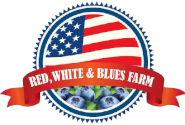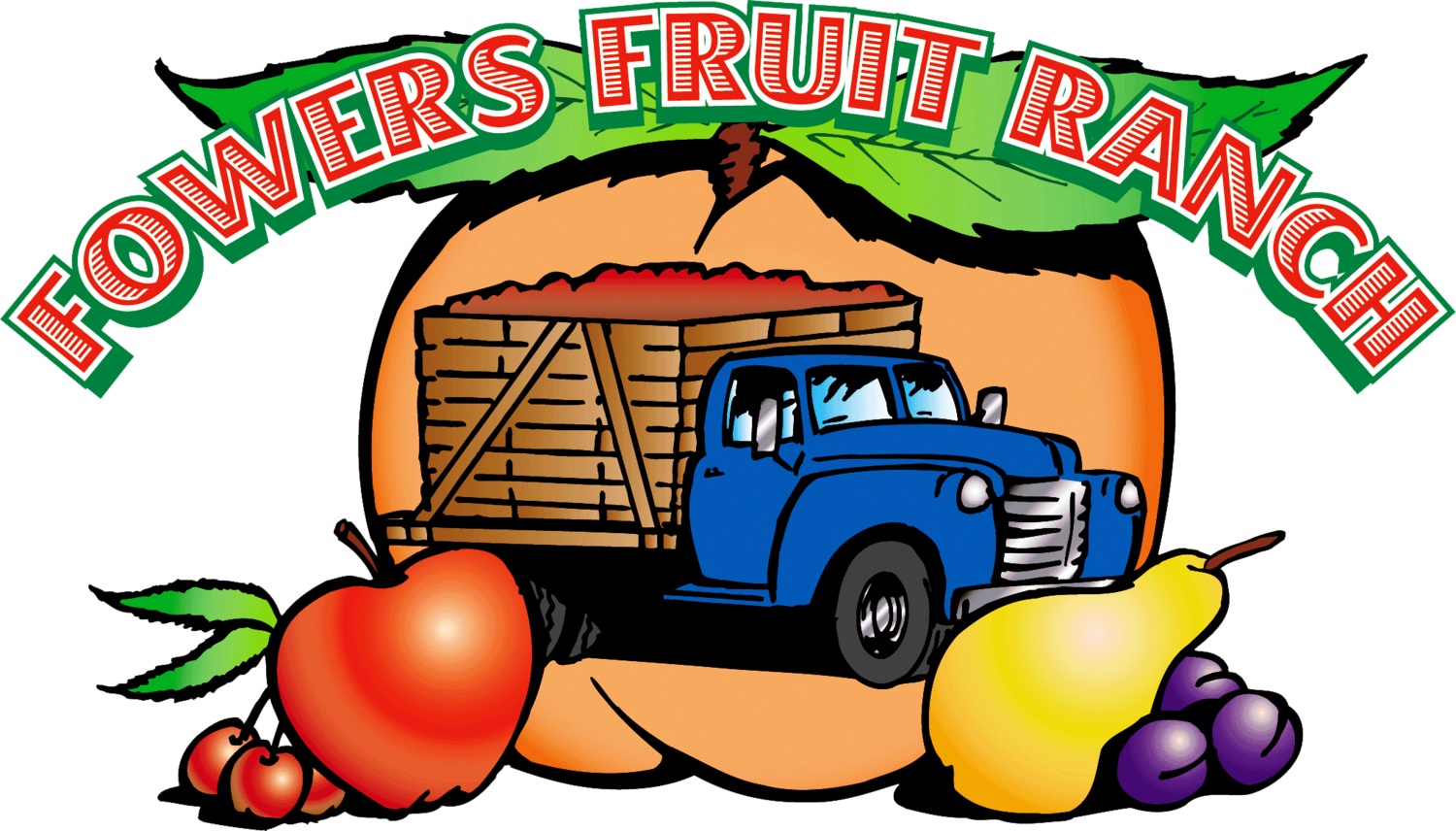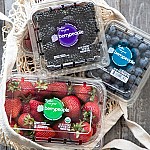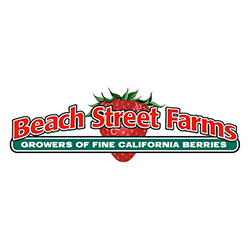Summer berries are in peak season, and growers across the U.S. say it's shaping up to be a flavorful year.
From strawberries and blueberries to raspberries and blackberries, here is what's in season, what's trending and what retailers need to know to keep berry sales booming.
Consumer insights
Data from The Packer's Fresh Trends 2025 report underscore just how vital berries remain to the produce department. From consumer buying habits and demographics to favored varieties and organic preferences, data from the annual consumer survey reveals where berries are performing well.
Strawberries
Strawberries were No. 8 among the top 10 fruits and vegetables that consumers reported purchasing, as 54% of shoppers indicated they bought strawberries during the past 12 months.
Strawberries are also the commodity that consumers most frequently reported purchasing as organic, with 23% saying they bought organic strawberries during the past year.
Baby boomers (69%) are who most frequently reported making a strawberry purchase, followed by Gen X (56%), millennials (50%), Gen Z (48%) and traditionalists (35%).
Blackberries
For blackberries, consumers with over $100,000 in annual household income (46%) most frequently said they bought blackberries in the past 12 months, with the lowest rate of reported purchases (21%) among those making less than $25,000 a year.
Consumers in the West most frequently reported purchasing blackberries (39%), followed by the Midwest (35%), Northeast (34%) and South (31%).
Of those who indicated blackberry purchases, 52% said they preferred to buy conventional blackberries, compared with 20% who only purchased organic blackberries and 25% who bought a combination of organic and conventional. Consumers who most often said they bought conventional blackberries were those without dependent children (60%), those aged 50 to 59 (71%) and those aged 60 or older (73%).
Blueberries
Blueberries continue to be a consumer favorite, according to Fresh Trends 2025 data, with 54% of respondents saying they bought blueberries in the past 12 months.
Higher-income consumers most frequently said they bought blueberries, with 64% of surveyed shoppers with more than $100,000 in annual household income indicating purchases.
Older consumers were the most frequent in reporting blueberry purchases, with 60% of those aged 50-59 and 59% of those aged 60 or older saying they added blueberries to their shopping carts in the past year.
Consumers in the West most often indicated they bought blueberries (60%), followed by the Midwest (56%), Northeast (53%) and South (49%).
Of those who purchased blueberries, most said they prefer to buy conventionally grown blueberries (52%), compared to 20% who purchased organic exclusively and 24% who purchased a mix of both conventional and organic. Consumers aged 50 or older that live in the Midwest were the most frequent to report buying conventionally grown blueberries.
Raspberries
Like the other berries, annual household income appeared to be a factor in reported raspberry purchase rates, with 35% of consumers earning $50,000 to $100,000 and 37% of earning over $100,000 saying they bought raspberries in the past 12 months. This compares with just 21% of those with annual household incomes of $25,000 to $50,000.
Generationally speaking, the consumers who most frequently reported purchasing raspberries in the past 12 months were Gen Z (30%), Gen X (32%) and baby boomers (38%).
The majority, or 59%, of consumers said they purchased conventional raspberries, compared with 15% who said they purchased only organic raspberries, while 23% indicated they purchased both conventional and organic.
Gen Z most frequently reported purchasing organics in this category, with 38% saying they bought organic raspberries in the past 12 months, more than double the percentage of millennials (14%) and Gen Xers (15%).

Nature Fresh Farms
Amanda Armstrong, marketing director for Nature Fresh Farms, said anticipation is building for what's ahead as it finishes its current season.
“This upcoming season promises to be our most flavorful yet. Our focus remains unwavering — delivering Little Obsessions organic strawberries that are truly ‘so good you can't resist,'” Armstrong said. “With our commitment to quality and innovation, we're positioning for a season that will set new standards for year-round berry excellence.”
Armstrong said Nature Fresh Farms' organic Little Obsessions berries offer summertime flavor and freshness no matter the season.
“Grown greenhouse-clean, they're not only bursting with taste but also good for you and the planet,” Armstrong said. “It's the berry experience you remember, with the consistency you can count on. As more people are prioritizing health span over lifespan, they're turning to fresh, functional foods to support long-term wellness, and strawberries are leading the way. With our greenhouse-grown strawberries available year-round, health-focused shoppers can enjoy fresh, organic berries whenever they want.”
Armstrong said consumers should seek berries that promise an experience.
“Look for varieties that deliver that perfect balance of sweetness and juiciness that makes you close your eyes and savor the moment,” she said. “Our organic Little Obsessions are specifically chosen for their ability to create those ‘can't resist' moments — berries so fresh and flavorful they redefine expectations, start conversations and create connections.”
Northwest Berry Foundation
In Oregon, strawberries are just coming into season, explained Julie Pond, executive director for the Northwest Berry Foundation.
“Early and midseason June-bearing strawberry varieties are available now, and later season June-bearing varieties will be available in the next week or two. Day-neutral strawberries like Albion are available locally now and will continue to be available through September,” Pond said near the end of May. “The earliest blackberry varieties have just finished blooming, and right now the season is looking to be a week earlier than normal. Harvest should start around late June. Red raspberry is currently in bloom right now with a mid-June start. Blueberry just finished a great pollination season, and fruit is swelling for a late-June harvest start. Tack on 10 days, and that's where Washington timing is, generally speaking, though eastern Washington blueberries should begin mid-June.
Overall, the season is looking good for all berries so far, Pond said.
“Growers are cautiously optimistic. Pollination weather was favorable, and it looks like an average crop in all berries,” Pond explained. “This past winter was moderate, which made a difference compared to the last couple of prior winters, which had some extended cold stretches. This year the plants didn't need to adjust to winter concerns.”
From a fresh, local perspective, Pond said consumers like the up-and-coming varieties and varieties that are different from the usual run-of-the-mill ones.
“Don't get me wrong, the tried-and-true varieties will always have traction in the region, but any unique colored berries or really any new varieties are fun to experience,” Pond said. “We're fortunate to have a few longstanding berry breeding programs in the Pacific Northwest, which gives growers and consumers an opportunity to find the right varieties for our exact conditions and needs.”
Consumers should expect great quality berries coming out of the Pacific Northwest, Pond said, adding, “Take advantage of the season while it's happening. Take the opportunity to try some new varieties while enjoying the tried-and-true ones we have.”

The FruitGuys
Strawberries, blueberries, blackberries and raspberries are all in season right now in California, said Erin Mittelstaedt, CEO of The FruitGuys.
“California berry season typically starts with strawberries in February, followed by blueberries in April, blackberries in May and raspberries in June,” she said. “Florida's strawberry season is already over; its strawberries are actually best during the winter months, typically peaking in February and March.”
Grapes and kiwifruit are technically berries, too, Mittelstaedt said, “even though we don't usually think of them that way. California farmers are already harvesting the first grapes of the season. We should see kiwis in the fall, and we also always look forward to kiwi berries from the Pacific Northwest in September and October.”
Like all of the fruit seasons, berry season arrives at different times across the country, Mittelstaedt said.
“Florida and California farmers harvest their berries first, followed by farmers in the Midwest and on the East Coast,” she said. “Our farm partners in Pennsylvania, for example, usually harvest their strawberries in late May and June, raspberries in June and July, and blackberries from July to September. So, if you're on the East Coast, expect to wait a little longer for some of those local fruits.”
Mittelstaedt said The FruitGuys is seeing more interest in unique and unusual fruits across the board, including berries. “Customers love it when we can sneak something different into our mixes, like kiwi berries (which look like miniature, fuzz-less kiwis) or pineberries (strawberry relatives with white skin and red seeds).
“Apart from that, this has been a fantastic year for California strawberries and blueberries,” she added. “They're in great supply, and their flavor is delicious, so enjoy them this summer while they last.”
Consumers should look for berries that are brightly colored and firm, Mittelstaedt said.
“Size isn't necessarily important (it varies from variety to variety), but smaller berries may have a more intense flavor,” she said. “Pass on berries that look squished, bruised or wet in the container — they could mold more quickly.
“For strawberries in particular, you can also look for bright green leaves. If the leaves are browning or dry, it means the berries may not be as fresh” she added. “At home or in the office, store your berries in the fridge and wait to wash them until right before you eat them. That will help them last longer.”

Wilmot Orchards
The Wilmot Orchards blueberry season typically starts in late July and runs to the middle or end of August, depending on the year, said Courtney Stevens, chief operating officer and owner.
Across the 11 different varieties of blueberries Wilmot has for picking, the varieties that produce larger berries are always the most popular, Stevens said.
“A few years ago, we planted two new varieties for us, Bonus and Valor,” she said. “They're the largest of our varieties and will be producing even more this year as the bushes are maturing.
“We're also expecting the ‘Made in Canada' trend to continue into the summer,” she added. “We're excited to offer our many products that are not only made in Canada and with our blueberries but made in Ontario through our partnership with fellow family-owned businesses, such as our blueberry jams, [barbecue] sauce and habanero jelly, all perfect to enjoy during the summer.”
Consumers should ensure they're buying completely ripe berries, Stevens said.
“This means the berry is completely the color it should be. For blueberries, that means that each berry should be blue all over. If they're not ripe, the berries may be white, green or pink at the bottom of the berry where the stem would have been. This will ensure the best flavor and most nutrients,” she said. “Buying in season will also ensure the best flavor, as the berries are not being picked while under-ripe to make sure they're still firm when they finally arrive at the grocery store. The best berries always come directly from the farm, again because they are picked at the peak of their ripeness, so they'll have the best flavor.”
California Giant Berry Farms
California Giant Berry Farms is currently harvesting high-quality strawberries, blueberries, raspberries and blackberries, with year-round availability thanks to its global growing regions, said Tim Youmans, vice president of sales.
“Strawberries are currently coming from Watsonville/Salinas and Santa Maria, Calif., blueberries from California's Central Valley, and blackberries and raspberries primarily from Mexico, with light supplies from Watsonville, Calif.,” he said.
Consumer trends continue to emphasize health and wellness, driving demand for nutrient-rich berries in various culinary applications, from innovative savory dishes to refreshing beverages, Youmans said.
“We're seeing increased interest in versatile usage and convenient snacking options, which our premium berries perfectly complement,” he said. “Our focus remains on continuous improvement in flavor and shelf life, ensuring we consistently provide the best berry experience for our consumers and partners.”
When picking out berries this season, Youmans said consumers should look for bright, uniform color and firmness across all varieties.
“For strawberries, choose those that are bright red with a natural sheen and fresh, green leaves (the calyx), as they don't ripen after harvest. Blueberries should be a bright blue with a natural powdery ‘bloom' and feel firm,” he said. “Raspberries should be bright and consistent in color, while blackberries should be an inky, deep purple. Always check the entire container to ensure it's free from crushed, moldy or bruised berries and any excess moisture.”
North American Raspberry and Blackberry Association
The summer of 2025 is looking like a great year for berries across the country, said Darcy Kochis, executive director for the North American Raspberry and Blackberry Association.
“Of course, depending on the region where you're in, you can get strawberries and raspberries as early as now, and when you move into the colder regions, you know it's usually around June when you're starting to see your first raspberries. When you're looking at the southeast, you're getting blackberries around that time, or even early June,” Kochis said. “We've got some really wonderful varieties of blackberries and raspberries that are being grown all throughout the country, specific to their region. We have great breeding programs out of North Carolina, Arkansas and Oregon that naturally plant breed new varieties that are delicious for people to eat and also for growers to grow. So, we're excited about the variety of blackberries and raspberries that we have coming out of the different areas.”
While fresh berries can be found year-round, Kochis said, consumers can check packaging for “grown in the U.S.” during the summer to support U.S. farmers and U.S.-grown berries that are mainly available in the summertime.
Berries are an important part of the produce aisle, Kochis said.
“If you walk into a grocery store, you always see berries first, first thing in the fruits and vegetables section. They're always front and center, and that's because consumers love them,” Kochis said. “They do really well at retailers, and we want to make sure that we're all supporting each other by producing good quality fruit that can go through those markets quickly and into consumers' bellies.”

Naturipe Farms
Naturipe Farms kicked off its domestic season with promotable volumes of Southern-grown berries, the company said in a news release.
Blackberries from the southeast are led by Georgia-grown fruit and feature its sought-after proprietary variety, Southern Grace. With Mexico's crop winding down and domestic production ramping up, this year's blackberry season is off to a strong start, according to the company.
“Our Southern Grace variety delivers exceptional flavor and consistently high quality, and we're excited to bring this delightful berry to our retail partners at just the right time,” said Fernando Aguiar, director of business development for Naturipe Farms. “It's a unique opportunity to promote a regionally grown blackberry that really stands out on the shelf — and in the clamshell.”
Naturipe Farms' domestic blackberry peak was expected to begin in late May and run through most of June, with promotable volumes available in both 6-ounce and 12-ounce clamshells. This is an ideal time for retailers to capitalize on consumer demand for local and regionally sourced foods, highlighting the Georgia origins of Naturipe blackberries and driving purchases during a key window for berry sales, the company said.
Naturipe raspberries are also headed into a peak in June, with crops boasting both strong quality as well as promotable volumes. All Naturipe's raspberries are 100% proprietary varieties and are specially bred for flavor and appearance, the company said. Naturipe's raspberries are available in the same 6-ounce and 12-ounce pack sizes.
“June is a great time to run a dual blackberry and raspberry promotion,” Aguiar said. “It's a one-two punch of flavor, quality and value.”
















